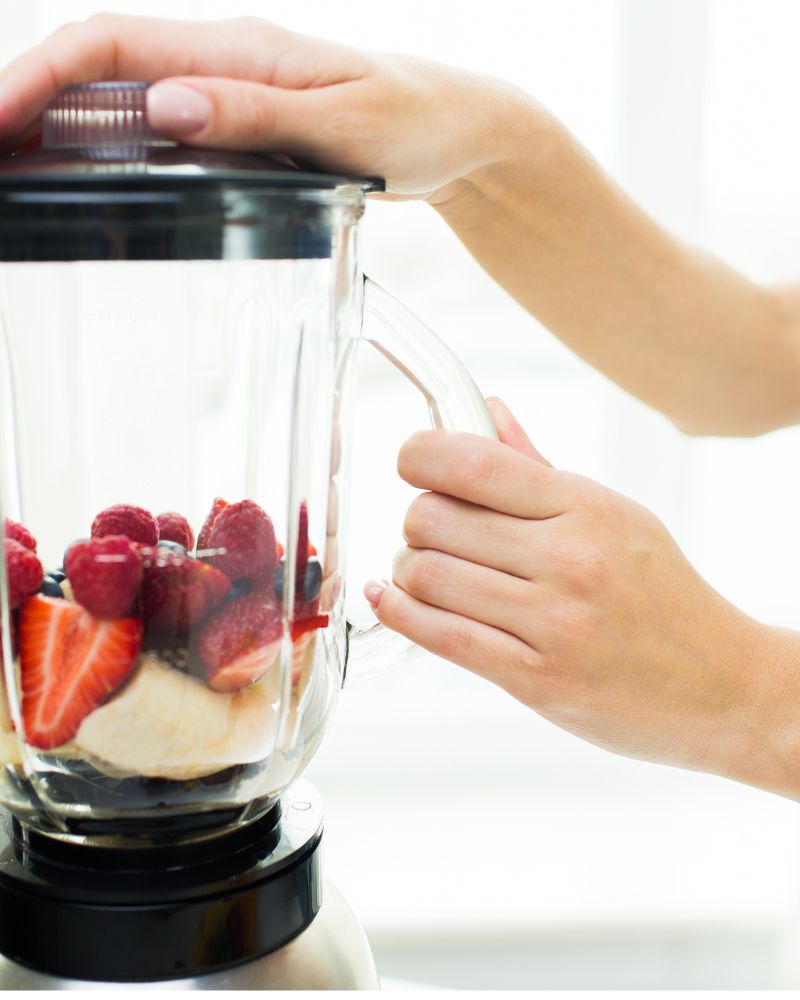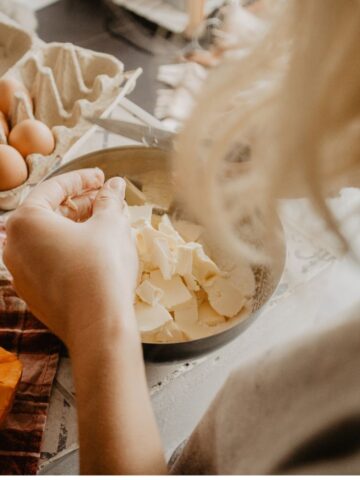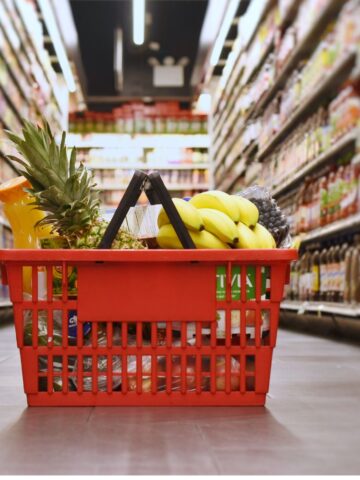Blenders have become an essential kitchen appliance for many households. They are used to create smoothies, purees, soups, and other delicious recipes. However, with the convenience of a blender comes a risk of injury if not used correctly.
Blender safety is crucial for preventing accidents and ensuring that the blender operates efficiently. In this blog post, we will provide you with essential blender safety tips to help you use your blender safely and effectively.
We will cover pre-blending safety measures, during blending safety measures, post-blending safety measures, and additional safety tips to ensure that you get the most out of your blender while staying safe. So, let's dive in and learn how to blend with care!

Pre-Blending Safety Measures
Before you even start your blender, it's important to take some pre-blending safety measures to ensure a safe blending experience.
- Inspect and Prepare Blender Parts: Before using the blender, make sure all the parts are clean and free of any defects. Check the blade, container, and lid for any cracks, chips, or wear and tear that may compromise their functionality. If you notice any issues, do not use the blender and replace the affected parts immediately.
- Check Electrical Connections: Ensure that the blender's power cord and plug are in good condition and that the outlet you're using is functioning correctly. Faulty electrical connections can cause fires or electrical shocks, so be sure to check these before using the blender.
- Avoid Overloading Blender: Always make sure you don't overload the blender with too many ingredients. Too much food can cause the motor to overheat, which may lead to malfunctions or accidents. Check the user manual for recommended maximum capacities, and stick to them.
- Use Proper Blender Settings: Before using your blender, familiarize yourself with the different speed settings and pulse options. Use the appropriate setting for your recipe to avoid overworking the blender's motor.
Taking these pre-blending safety measures can help ensure your blender is in good working condition, and reduce the risk of accidents during blending.
During Blending Safety Measures
While using the blender, it's important to take precautions to prevent injuries or accidents. Here are some during blending safety measures to keep in mind:
- Keep Hands and Objects Away from Blender Blades: Never insert your hands or any other object into the blender container while it's in operation. The blades are incredibly sharp and can cause severe cuts or amputations. Instead, use a utensil to mix or push down ingredients as needed.
- Do Not Remove Blender Lid While in Use: Do not remove the blender lid while the blades are in motion. This can cause the contents to spill or the blades to fly out, leading to injuries. Always turn off the blender and wait until the blades have come to a complete stop before removing the lid.
- Monitor Blending Process Carefully: Keep an eye on the blender as it's in operation. If you notice any strange noises, smells, or vibrations, turn off the blender immediately and unplug it. These may indicate a problem with the motor or other components, and continuing to use the blender could result in injury.
By following these during blending safety measures, you can ensure that you stay safe while blending ingredients in your blender.
Post-Blending Safety Measures
After you've finished blending, it's important to take post-blending safety measures to ensure a safe and efficient experience.
- Turn off Blender and Unplug from Outlet: Always turn off the blender and unplug it from the outlet before attempting to clean or disassemble it. This can prevent accidental startup and electrical shock.
- Carefully Remove Blender Lid: Once you've unplugged the blender, remove the lid carefully. Be sure to hold the container securely to avoid any spills or accidents.
- Handle Blades and Container with Caution: The blender blades are still sharp even after blending, so handle them with care. If you need to clean the blades or remove them from the container, use a utensil or a cloth to avoid direct contact.
- Clean Blender Thoroughly: Proper cleaning of the blender is crucial for maintaining its functionality and preventing bacteria growth. Wash the container, blades, and lid with warm, soapy water after each use, and dry them thoroughly before storing.
Following these post-blending safety measures can help ensure your blender remains in good working condition and reduce the risk of accidents or injuries.
Additional Blender Safety Tips
In addition to the pre-blending, during blending, and post-blending safety measures, here are some additional blender safety tips to keep in mind:
- Keep Blender Out of Children's Reach: Always keep the blender out of reach of children, even if it's not in use. Children may be tempted to touch the buttons or insert objects into the blender, leading to injuries.
- Store Blender Properly: Store the blender in a safe and dry place, away from heat sources or direct sunlight. This can help prevent damage to the electrical components and reduce the risk of accidents.
- Regularly Inspect and Maintain Blender: Regularly inspect the blender for any signs of wear and tear, and replace any damaged parts immediately. Keep the blender clean and free of food debris to prevent bacterial growth and ensure proper functionality.
By following these additional blender safety tips, you can ensure that your blender stays in good condition and continues to provide you with safe and delicious blending experiences.





Comments
No Comments